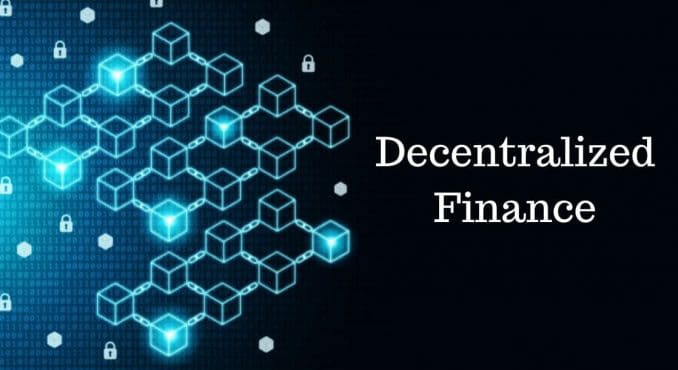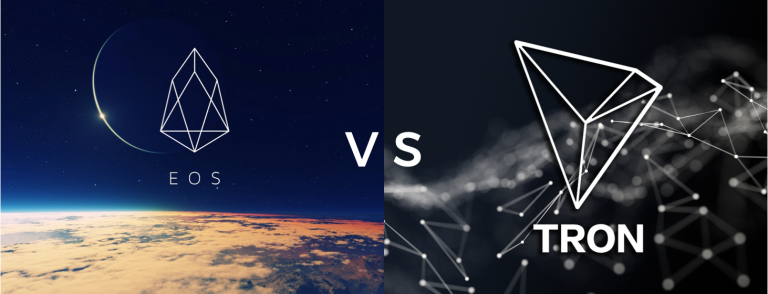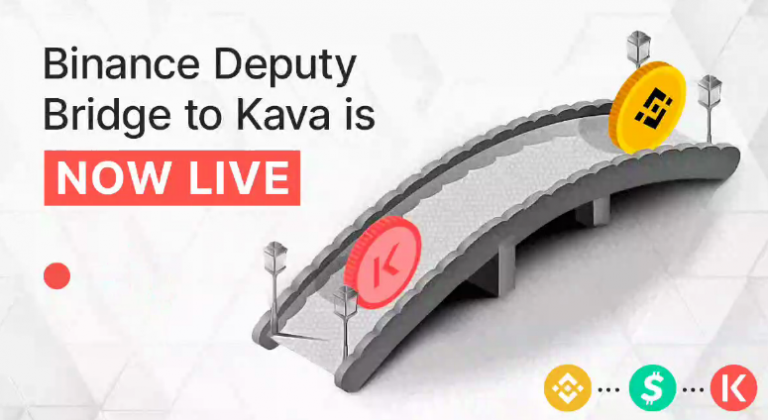
Over the past year, every man and his dog have written about the Decentralized Finance industry (DeFi). We enjoy getting to the bottom of the trending developments in the space and have previously looked into DeFi as well, describing the advantages and disadvantages of this area. Neither investors nor media interest in DeFi technologies can be called random. According to a report from the DappReview portal, which specializes in tracking the use of decentralized applications, it is the decentralized finance area that accounts for the majority of transactions on the Ethereum network. But in today’s article, we would like to take a closer look at the alternative projects of this ecosystem, providing a bird’s eye view on DeFi outside of the Ethereum network.
Why EOS, TRON and the likes did not become “Ethereum killers”
We are not planning on analyzing the complex technical details of protocols and blockchain architectures that work with smart contracts and decentralized applications. Instead, we suggest the Ethereum competitors ’general outlook to understand the global situation on the decentralized finance market.

EOS is perhaps the main pursuer of Ethereum in the race to become a leader in smart contracts and decentralized applications. Nevertheless, the high-profile start and the initially pinned hopes are at the moment, frankly speaking, not justified. Many developers have left the platform recently, and the bandwidth that EOS was famous for has decreased orders of magnitude since November 2019 due to network spam associated with the EIDOS tokens mining.
Let’s have a look at the use of EOS in DeFi applications. According to Defiprime resource data, 22 out of 214 projects presented on the portal, work on EOS. But if we dive deeper into the details and resort to the help of the well-known DappRadar, it turns out that only four classic DeFi applications with anything resembling a decent amount of users are based on the EOS blockchain. These are Vigor Protocol (P2P lending platform), Equilibrium (universal interoperable DeFi-Hub), EOS Microloan (microloans), and Chintai (token leasing platform). In our opinion, the latest project – B2B FinTech service provider for the issuance, management, and secondary trading of securities, is an interesting and rather unique solution.
TRON needs no introduction since Justin Sun’s marketing skills are not ones to be doubted. It’s another matter that marketing outshines the technological side of the project so much that with each passing month, TRON is looking more and more like a bubble or a pyramid scheme. Gambling aside, TRON’s main achievement over the past year can rightfully be considered the release of more than two billion of the most sought-after and liquid USDT stablecoin tokens (TRC-20 standard) on its blockchain. Providing the ability to conduct free USDT TRC-20 transfers between most large and medium-size exchanges was a cherry on the cake. The last point is rather dubious from a business standpoint, but it did receive a lot of positive feedback from the users.
Justin Sun would not be Justin Sun if he did not try to straddle the direction of Decentralized Finance and shape his platform to fit one of the leading sectors of the blockchain industry. But first things first. So, according to the information provided by DappRadar, there are only three somewhat significant DeFi-applications on the TRON blockchain. First of all, it is Oikos, which is a synthetic assets platform, kind of Ethereum’s Synthetix analog on the TRON blockchain. Next up is Zethyr Finance, the first DeFi project launched on the TRON blockchain that allows you to take out TRX and a few other popular TRC-20 token-based loans. And of course, one cannot ignore Sun’s recent creation – the JUST platform, pretentiously announced as the latest decentralized financial ecosystem that provides stable lending and management mechanisms for users around the world. Just over a month ago, a JUST tokens IEO was held on the Poloniex exchange controlled by Justin Sun, which, however, did not make as much noise as many expected, given Sun’s ability to publicize his projects.
Kava CDP launch, and what does BNB have to do with it?

The Kava project is well-positioned in the space, with its launch of the CDP-Mainnet on June 10, 2020. Kava is a cross-chain platform for decentralized finance, built on the Cosmos SDK working with the Tendermint-based Proof-of -Stake (PoS) consensus mechanism. At its core, Kava works similarly to MakerDAO, but it uses Cosmos zones to add cryptocurrencies based on independent networks, such as BNB. Kava uses two main tokens: Kava (governance coin) and USDX (stablecoin). The primary use case for the platform is classic and somewhat routine at first glance: blocking a collateral asset using a smart contract and getting a loan in USDX stablecoins. But the peculiarity of the project is precisely the interaction with collateral assets from numerous blockchains. The first such asset was BNB, and now a considerable number of BNB holders have the opportunity to use it as a collateral asset in the DeFi ecosystem, which was previously impossible. The Cosmos SDK also supports Binance Chain, which simplifies the cointegration of BNB and Kava significantly. In the coming months, developers from the Kava Labs team promise to add XRP, ATOM, and even the mighty BTC as collateral assets.
The future of DeFi beyond Ethereum
Ethereum remains the main platform for the rapidly growing Decentralized Finance industry. However, some projects on the EOS blockchain, such as Chintai, and Kava, running on the Cosmos SDK, are set to play a vital role in the field of DeFi. This will allow participants to take advantage of different blockchains and open a new chapter in the development of DeFi.


